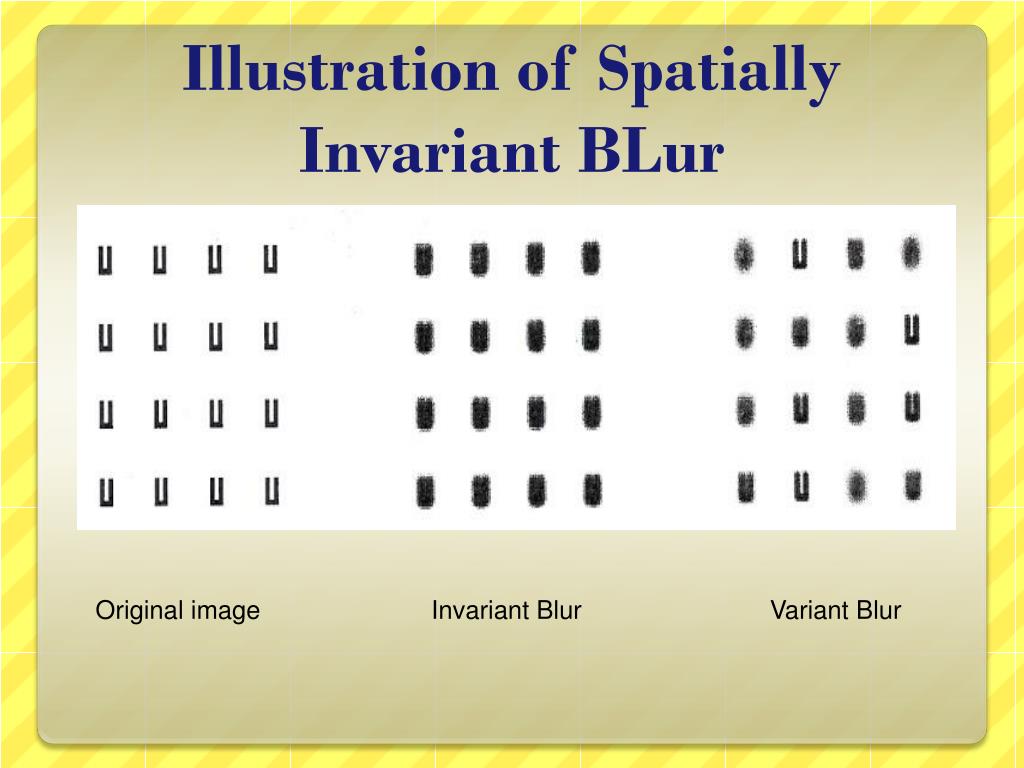


If \(G\) is a Polish group and \(X\) is a minimal metrizable \(G\)-flow with all orbits meager, we use \(X\) to produce a new \(G\)-flow \(S_G(X)\) which is minimal and non-metrizable. We provide a direct proof of a recent theorem of Ben-Yaacov, Melleray and Tsankov. Logic Seminar Andy Zucker (CMU) A direct solution to the Generic Point Problem 2:00 PM - 3:00 PM 159 Sloan.Logic Seminar Anush Tserunyan (UIUC) Hyperfinite ergodic subgraphs, Part I 3:00 PM - 4:00 PM 159 Sloan.In the second talk, we will finish the discussion of the new tools and give a sketch of our proof. In the first talk, we will state the main result and discuss one or two gadgets involved in the proof. Our proof uses new tools whose combination yields an alternative way of exploiting nonamenability. We give a completely different and self-contained proof of this theorem, which also goes through for a quasi-invariant probability measure, yielding a generalization of Tucker-Drob's theorem: any locally countable ergodic Borel graph on a standard probability space admits an ergodic hyperfinite subgraph. Tucker-Drob recently proved a powerful theorem: any probability measure-preserving locally countable ergodic Borel graph admits an ergodic hyperfinite subgraph. Using the work of Hutchcroft and Nachmias on indistinguishability of the wired uniform spanning forest, R. Logic Seminar Anush Tserunyan (UIUC) Hyperfinite ergodic subgraphs, Part II 2:00 PM - 3:00 PM 151 Sloan.This is also exemplified in recent papers by Forrest and by Durand, Host and Skau, treating substitution minimal systems, and by papers by Boyle, Handelman and by Ormes.Logic seminars Caltech logic seminars (2016-2017) it has no non-trivial factors.The thrust of our paper is to demonstrate the relevance and usefulness of Bratteli–Vershik models and dimension group theory for the study of minimal symbolic systems. In fact, the example we exhibit is an induced system of a 0–1 Toeplitz flow which is conjugate to the Chacon substitution system, thus it is prime, i.e. Finally, we show by an explicit example, using Bratteli diagrams, that Toeplitz flows are not preserved under Kakutani equivalence (in fact, under inducing)-contrasting what is the case for substitution minimal systems. (Williams had previously obtained preliminary results in this direction.) The result states that to any Choquet simplex. We use this result to extend by a novel approach-using basic theory of dimension groups-an interesting and non-trivial result about Toeplitz flows, first shown by Downarowicz. We state in particular for Pisot substitutions a finiteness property analogous to the well-known (F) property in beta-numeration, which is a sufficient condition to get a tiling.Ībstract: We construct Bratteli–Vershik models for Toeplitz flows and characterize a class of properly ordered Bratteli diagrams corresponding to these flows. We detail here the known constructions for these tilings, their main properties, some applications, and focus on some equivalent formulations of the Pisot conjecture, in the theory of quasicrystals for instance. This conjecture is known as the Pisot conjecture and can also be reformulated in spectral terms: the associated dynamical systems have pure discrete spectrum. We know that some translates of these prototiles under a Delone set Γ (provided by β or σ) cover Rd−1 it is conjectured that this multiple tiling is indeed a tiling (which might be either periodic or self-replicating according to the translation set Γ). It is indeed possible, generalizing Rauzy’s and Thurston’s constructions, to associate in a natural way either with a Pisot number β (of degree d) or with a Pisot substitution σ (on d letters) some compact basic tiles that are the closure of their interior, that have non-zero measure and a fractal boundary they are attractors of some graph- directed Iterated Function System. Abstract: This paper surveys different constructions and properties of some multiple tilings (that is, finite-to-one coverings) of the space that can be associated with beta-numeration and substitutions.


 0 kommentar(er)
0 kommentar(er)
